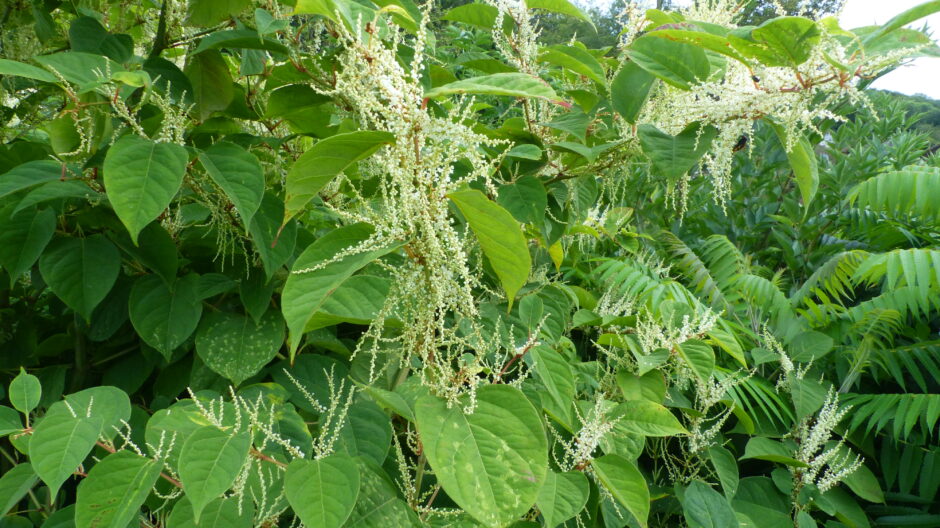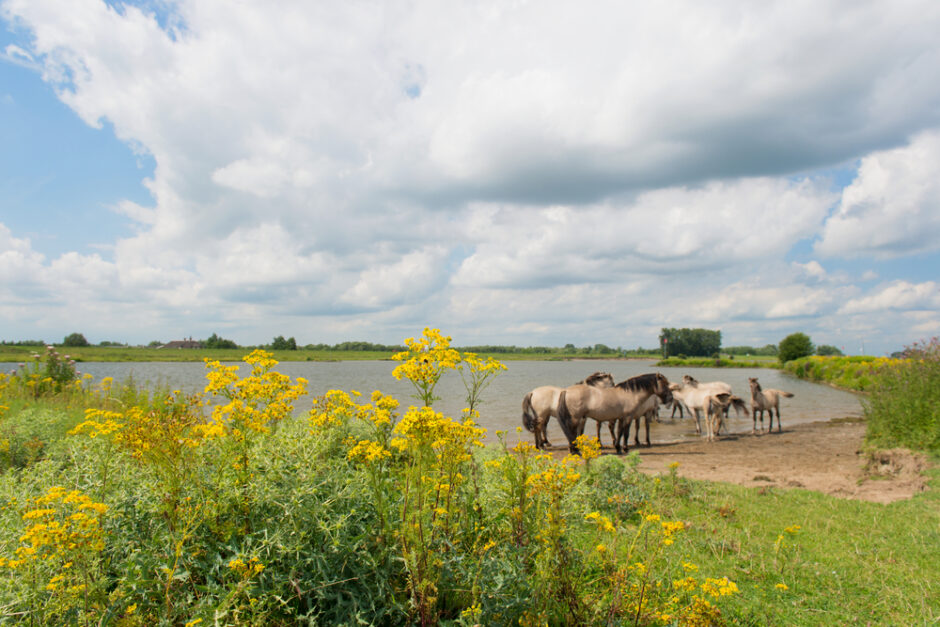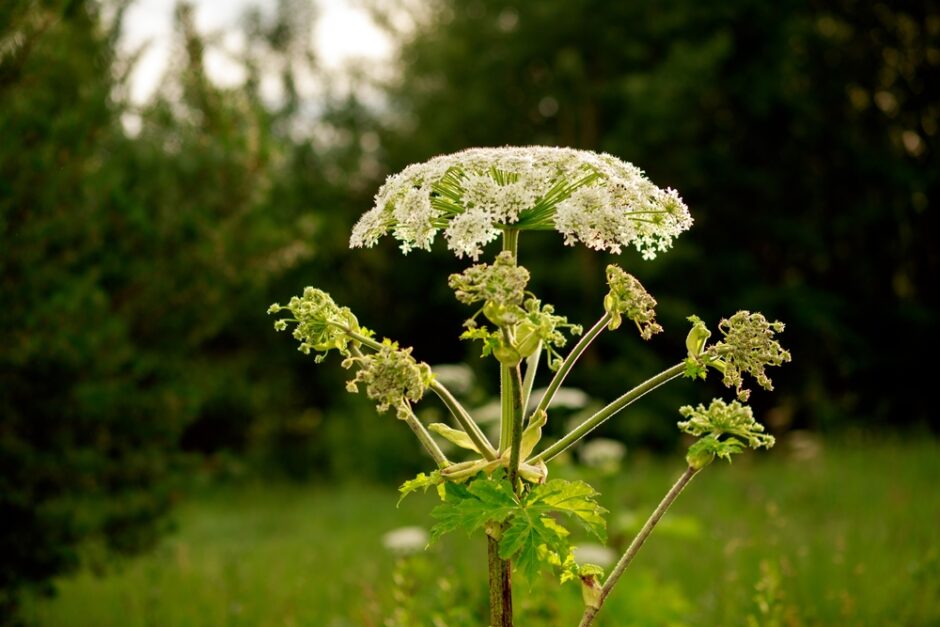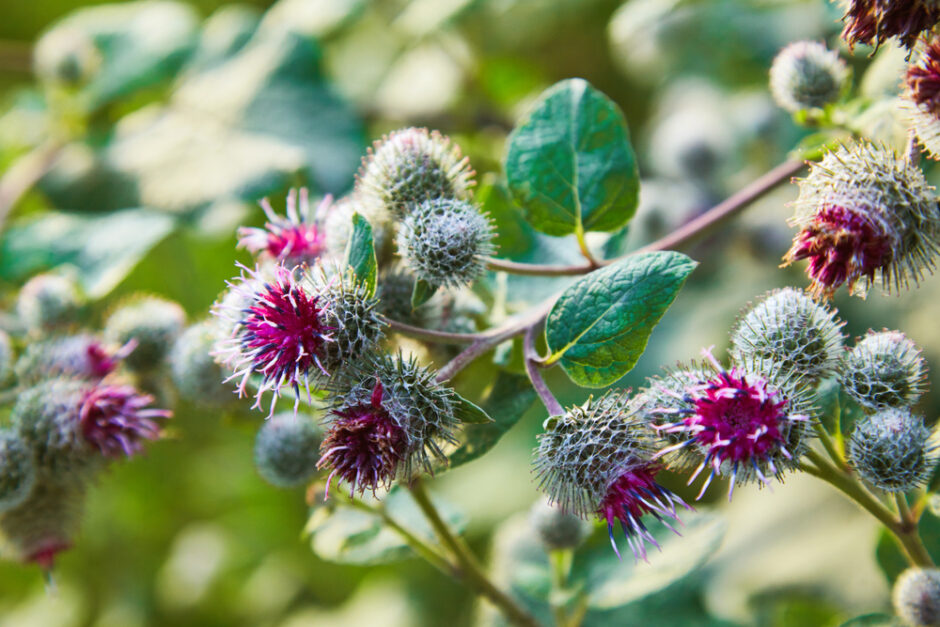What is a Notifiable Weed?

Japanese Knotweed
The first thing to say is that there is no such thing in English Law as a ‘Notifiable Weed’.

Common Ragwort
The featured plant is Common Ragwort – Senecio jacobaea. It is commonly vilified by local councils, land owners and horse owners as being harmful to horses and livestock, which it can be.
BUT….
…. as a result the true meaning of the law of the land has been exaggerated somewhat.
It is true that it is poisonous to animals in the same way that too much paracetamol is poisonous to us. In fact at least 3% of all plants known to man are poisonous in the same way, so it’s not a rare phenomenon. Sycamore (Acer pseudoplatanus) is poisonous to horses too.
However research has clearly shown that typically a Horse would have to eat a quarter of its own body weight in Ragwort before it died as a result, and a Goat four times.
That is not to say that we don’t care about livestock because we do. It is merely to point out that there is only one Act of Parliament that references weeds, and that is the Weeds Act 1959 which refers to ‘Injurious Weeds’.

Poisonous Hogweed
And that is where fantasy took over a little bit – where the descriptive word ‘Injurious’ was used.
It was assumed to mean that the plants on the list caused injury to people and animals or livestock, which Ragwort certainly can. But that was not the reason for them being on the list.
What it actually means and what it is intended to mean is to give powers to local authorities to limit the infestation of plants which spread rapidly and can cause a risk to (cause injury to) crops and pastures by suppressing them.
In other words if they threaten agricultural production.
Nothing primarily connected with being poisonous.
The meaning of the Act was discussed in Parliament, as follows:
“The five weeds covered by the 1959 Act are common ragwort, spear thistle, creeping or field thistle, curled dock and broad-leaved dock. Common ragwort is poisonous to animals, in particular horses. The others, if allowed to spread, compete with and suppress grass and crop plants. The five weeds covered by the 1959 Act are not “notifiable” as such and there is no obligation to report their presence to anyone.”
Pretty definitive wouldn’t you say ?

